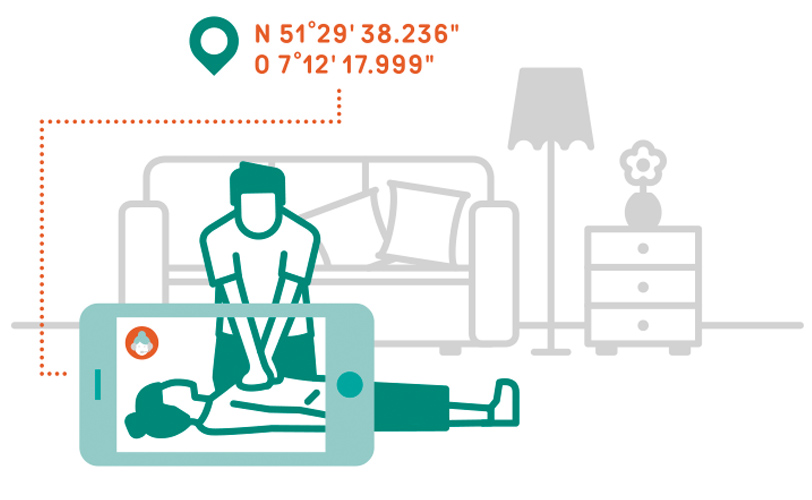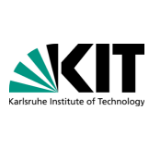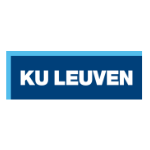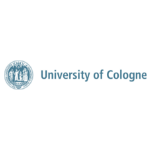Remote access to medical information on smartphones during emergencies and health crises
About
The RAMSES consortium is working toward commercialising the EmergencyEye, a system designed to allow ambulance dispatchers to have better communication with patients and bystanders in the field. The innovation, which supports emergency dispatchers with speedy geolocation, diagnosis and audio-visual guidance of resuscitation measures, was tested in a pilot in Rhein-Kreis-Neuss, Germany.
Origins
In an increasingly mobile but ageing society, people are facing greater difficulties in health crisis situations. Professionals who are contacted remotely may have to deal with information gaps, resulting in inefficient health care. To ensure correct diagnoses and allow for better-informed decisions, professional medical services need to be able to obtain reliable and comprehensive information.
Team
The team’s external partners provide some of the technical know-how for developing the system. Internal partners include BIO Clustermanagement NRW GmbH of North Rhine-Westphalia (NRW), a governmental organisation that promotes health innovation and one of the founding associate partners in EIT Health. The team also includes a research centre, Nofer Institute of Occupational Medicine, based in Lodz, Poland, and some of the leading universities in Europe.

A video about the EmergencyEye (See more videos below)
Project
RAMSES combines product and process innovation to optimise communication between medical professionals and laypeople in health crises by utilising the smartphone as a smart health companion and data hub. The project supports the EmergencyEye system, which allows a patient or bystander at the scene of an emergency to share comprehensive, deep information and images – a major improvement over the current best practice. With full control over the flow of information, medical care in health crisis situations can be provided more efficiently, saving lives, especially in emergency situations.
The RAMSES project supports EmergencyEye by providing the technical solution, proof of principle, proof of concept, and research on health and economic outcomes. The project’s EmergencyEye system has already been tested in a pilot by medical teams in Rhein-Kreis-Neuss, Germany. It is now slated for international expansion in 2019-2020.
The activities of RAMSES have included training for young innovators: The project organised a Summer School on healthcare innovation and entrepreneurship, as well as two hackathons, in which participants sought new solutions to the key challenge addressed by EmergencyEye: acute cardiac arrest. Another educational activity is a series of animated videos encouraging school children to help in an emergency.
Impact
The EmergencyEye system can mean the difference between life and death for an individual in a health crisis. Aside from patients with cardio-vascular disease, beneficiaries include healthcare professionals, patients with cardio-vascular disease, people with high cardio-vascular risk and their family members. This is a total market size of about 50 million in Germany and about 350 million in the EU. Other beneficiaries include emergency dispatch centres, with 250 in Germany and about 1 200 in the EU.
Why this is an EIT Health project
The system supported by RAMSES is in keeping with the basic goals of EIT Health because it uses new technologies to improve healthcare. It is also aligned with the EIT Health Focus area of “Health Care Pathways”, because it holds out the promise to save the lives of people who would otherwise die of emergency conditions, like cardiac arrest.
Further videos
The first of a series of educational videos produced by RAMSES for school children:
Download
Partners

CLC/InnoStars: Belgium-Netherlands
Partner classification: Business
IMEC - Interuniversity Microelectronics Centre
IMEC - Interuniversity Microelectronics Centre, Kapeldreef 75, 3001 Leuven, Belgien
Key Activities in Corporate Innovation
Med Tech, ICT, Diagnostics, Consumer products
Key Activities in Business Creation
Technology Transfer, Testing & Validation






CLC/InnoStars: Germany
Partner classification: Education, Research, Tech Transfer, Clusters, Other NGOs
Partner type: Associate Partner
Karlsruhe Institute of Technology (KIT) combines the tasks of a university of the state of Baden-Wuerttemberg with those of a research center of the Helmholtz Association in research, teaching and innovation with many health-related topics.
Karlsruhe Institute of Technology (KIT)
Karlsruhe Institute of Technology (KIT), Kaiserstraße 12, 76131 Karlsruhe, Germany
Key Activities in Research and Developement
Biomedical engineering, Life Sciences
Key Activities in Social Innovation
Healthcare provision
Key Activities in Business Creation
Incubation, Technology Transfer
Key Activities in Education
Entrepreneurship training, Technical faculties






CLC/InnoStars: Belgium-Netherlands
Partner classification: Education, Research
Partner type: Associate Partner
KU Leuven (together with University Hospitals Leuven) is a research-intensive, internationally oriented university that carries out excellence-driven research in health and care and is dedicated to build bridges between science, society and industry.






CLC/InnoStars: Germany
Partner classification: Education, Research, Tech Transfer, Clusters, Other NGOs, Hospital / University Hospital
Partner type: Associate Partner
RWTH Aachen University and its hospital (focus on patient-oriented medicine & nursing care) provide leading research, innovation and education within the core themes of EIT Health. Our industry-need-driven competence centres foster entrepreneurship
RWTH Aachen University
RWTH Aachen University, Templergraben 55, 52062 Aachen, Germany
Key Activities in Research and Developement
Biomedical engineering, Life Sciences, Social sciences / health economics, Clinical research
Key Activities in Business Creation
Incubation, Technology Transfer, Testing & Validation
Key Activities in Education
Entrepreneurship training, Technical faculties, Medical faculties, Healthcare professional education/training






CLC/InnoStars: Germany
Partner classification: Education, Research, Hospital / University Hospital
Partner type: Associate Partner
UoC is one of the leading German research universities with strong international reach. Awarded the status of "Excellence University" in 2012, it currently has > 50,000 students enrolled in six faculties offering many disciplines.
University of Cologne (UoC)
University of Cologne (UoC), Albertus-Magnus-Platz, 50931 Köln, Germany
Key Activities in Research and Developement
Biomedical engineering, Life Sciences, Social sciences / health economics, Clinical research
Key Activities in Business Creation
Incubation, Technology Transfer
Key Activities in Education
Entrepreneurship training, Technical faculties, Medical faculties


